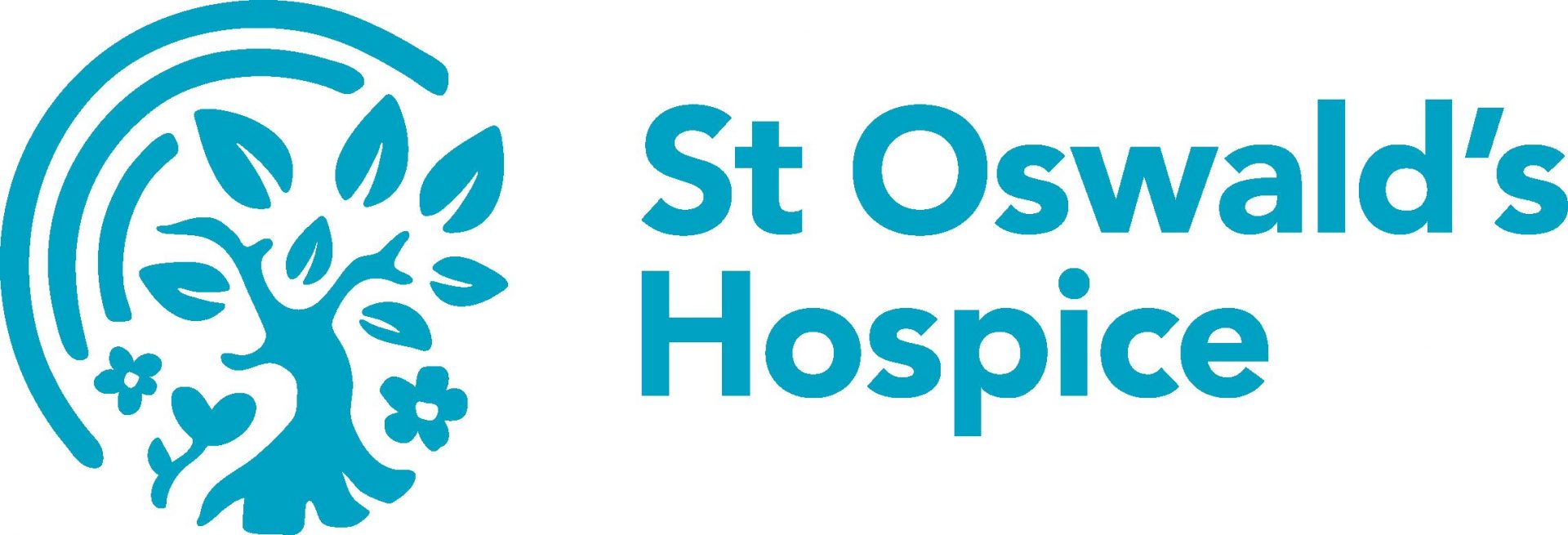How to use DisDAT
When the team believes the client is NOT distressed
The use of DisDAT is optional, but it can be used as a:
- Baseline assessment document.
- Transfer document for other teams.
When the team believes the client IS distressed
If DisDAT has already been completed it can be used to compare the present signs and behaviours with previous observations documented on DisDAT. It then serves as a baseline to monitor change.
If DisDAT has not been completed
A) When the client is well known DisDAT can be used to document previous content signs and behaviours and compare these with the current observations.
B) When the client or the distress is new to the team, DisDAT can be used document the present signs and behaviours to act a baseline to monitor change.
We have found that it is possible to partly complete DisDAT when speaking to a carer over the telephone. While this does not give a full picture it can provide sufficient information to allow assessment of the distress. This is particularly useful when an individual is admitted to hospital.
The clinical decision checklist
Is the new sign or behaviour repeated rapidly?
- Consider: pleuritic pain (in time with breathing).
- Consider: colic (comes and goes every few minutes).
- Consider: repetitive movement due to boredom or fear.
Related to eating?
- Consider: food refusal through illness, fear or depression.
- Consider: food refusal because of swallowing problems.
- Consider: upper GI problems (oral hygiene, peptic ulcer, dyspepsia) or abdominal problems.
- Consider: frightening or painful situations.
Related to a specific situation?
Associated with vomiting?
- Consider: causes of nausea and vomiting associated with elimination (urine or faecal)?
- Consider: urinary problems (infection, retention).
- Consider: GI problems (diarrhoea, constipation).
- Present in a normally comfortable position or situation?
- Consider: pains at rest, infection, nausea.
Finally – remember
- Most information comes from the whole team in partnership with the family.
- The assessment form need not be completed all at once and may take a period of time.
- Reassessment is essential as the needs of the client or patient may change due to improvement or deterioration.
- Distress can be emotional, physical or psychological. What is a minor issue for one person can be major to another.
- If signs are recognised early, then suitable interventions can be put in place to avoid a crisis.
